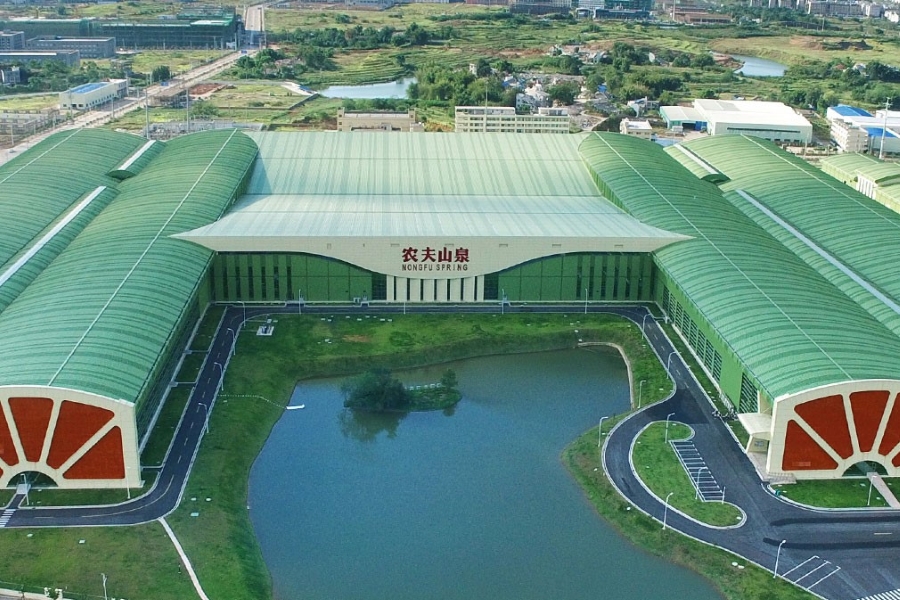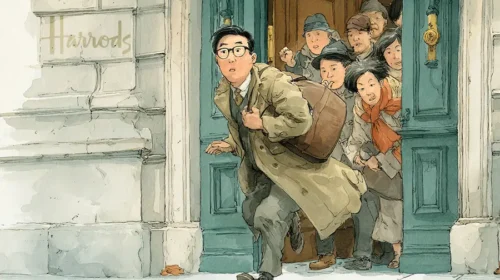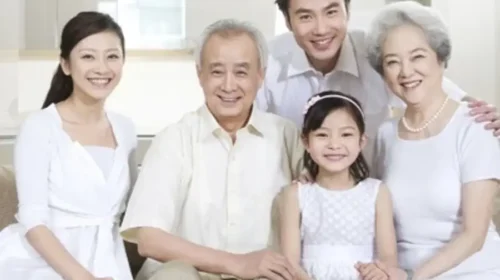Nongfu Spring lands in deep water as price war intensifies

The bottled water giant has waded through a series of online controversies this year, most recently a disputed report about chemical residue in one of its products
Key Takeaways:
- Hong Kong’s consumer watchdog was forced to correct a report that had sparked concern about the safety of Nongfu Spring water, admitting it had applied the wrong testing criteria
- Fierce competition in China’s bottled water market has pushed prices down to levels last seen 10 years ago, squeezing producers’ profits
By Fai Pui
You could call it a water fight. Nongfu Spring Co. Ltd (9633.HK) has clashed with Hong Kong’s consumer watchdog over beverage safety tests while waging a fierce price war with other Chinese producers of bottled water.
The row bubbled up in July when the Consumer Council published test results for various types and brands of bottled water sold on the Hong Kong market. A sample from Nongfu Spring, the market leader, was found to contain traces of a chemical that were said to reach the permitted limit under European standards for mineral and spring water.
The news about the bromate residue, which is a biproduct of disinfection, quickly rippled through social media and became a hot meme, as consumers worried whether their bottled water was safe to drink. Large amounts of bromate can cause nausea and in serious cases affect the internal organs. With its share price sinking 4.6% after the report, the company issued a strong rebuttal through its lawyers, arguing the methodology was flawed and the findings were misleading. It also sent an executive and legal team to the council to argue the case and demand an apology, citing consumer panic and the risk of huge losses.
It came down to the way bottled water is categorized, with different standards depending on the source, the treatment process and the mineral content. After a review, the consumer watchdog admitted to a classification error, as the tested sample was “natural drinking water” rather than mineral or spring water. On that basis, the bromate levels at 3 micrograms per liter were well below the safety limit of 10 micrograms. The watchdog relabeled the sample and upgraded its overall rating of Nongfu Spring’s products from 4.5 stars to 5 stars.
Nongfu Spring’s shares rallied more than 6% the day after an apology was issued. However, the stock is still languishing in deep water, down nearly 24% year to date after unwelcome publicity from a spate of controversies, as well as the impact of mounting price pressures.
In February the company’s founder, Zhong Shanshan, came under online attack after the death of a former business partner, Zong Qinghou, at rival Chinese beverage giant Wahaha. Netizens made unflattering comparisons between the two men, accusing Zhong of being ungrateful to his late mentor. Nongfu Spring faced another backlash over what was perceived to be an unpatriotic image of a Japanese temple in its packaging, while reports about Zhong’s son having U.S. citizenship also drew critical scrutiny. The company pushed back against the criticism and insisted that the offending design was inspired by China, but it could not turn the tide on its share price.
While they made a lot of headlines, those challenges were short-term problems compared with the bigger issue of a price war in the market for bottled water, said Curtis Yeung, strategist at UOB Kay Hian (Hong Kong). As a result, investors are expecting the company’s gross profit to drop, he said.
In fact, Nongfu Spring set the price spiral in motion, selling a 12-pack in its green-label range on supermarket apps for just 7.92 yuan ($1.1) after discounts, which works out to 0.66 yuan per bottle.
Competitors such as C’estbon, Wahaha, Master Kong, Uni-President and Ganten quickly came back with counterattacks. For example, 12 bottles of C’estbon 550 ml pure water were priced at 11.9 yuan, equating to 0.99 yuan per bottle. A pack of Wahaha 596 ml purified water costs only 9.9 yuan, or 0.83 yuan per bottle. As a result, packaged water on the mainland market has fallen under 1 yuan per bottle, reverting to the retail price of a decade ago.
Back to the future
Ten years ago, bottled water producers started to aim for higher margins by targeting middle-class consumers in an expanding economy. Marketing focused on the quality and potential health benefits of bottled water, pushing the price above 3 yuan. The craze for bottled water produced a new batch of billionaires, including Nongfu Spring’s Zhong and Ganten’s founder Zhou Jingliang.
Wahaha had long dominated the mainland market until Zhong’s Nongfu Spring launched a big marketing campaign about its “natural water”, described on the company’s website as coming from springs, lakes, rivers and glaciers. After displacing Wahaha as market leader, the company went public in Hong Kong, gaining entry to the Hang Seng Index as a constituent stock as its share price climbed. The water giant’s success in Hong Kong was based on a high volume of sales at modest prices. Consumers would barely notice an incremental price rise, but the uptick could boost company profits.
Nongfu Spring flourished in the era of consumption upgrades, delivering revenue growth of more than 15% and net profit growth exceeding 27% over the past three years, Yeung said. The current price-to-earnings (P/E) ratio is higher than for most beverage companies at about 28.5 times, but the valuation is likely to fall as tighter consumer spending weighs on prices, he said.
Meanwhile, China Resources Beverages has mounted a stiff challenge in the “pure water” market through its C’estbon brand. Initially critical of the concept, Zhong went on to launch similarly labeled products in green packaging.
The challenger has filed to list on the Hong Kong Stock Exchange, describing itself as China’s market leader in pure water, which generates more than 92% of its revenue. A successful IPO would give C’estbon more ammunition for its price battle with Nongfu Spring.
Yeung said the testing controversy had thrown a spotlight on the labeling of water products, making some consumers question whether Nongfu Spring’s “natural drinking water” is any better than water from a reservoir.
When the two bottled water giants are listed side by side on the Hong Kong market, investors will be able to assess the companies’ relative earnings performance and valuation. The comparison may not be flattering to Nongfu Spring.
To subscribe to Bamboo Works free weekly newsletter, click here




